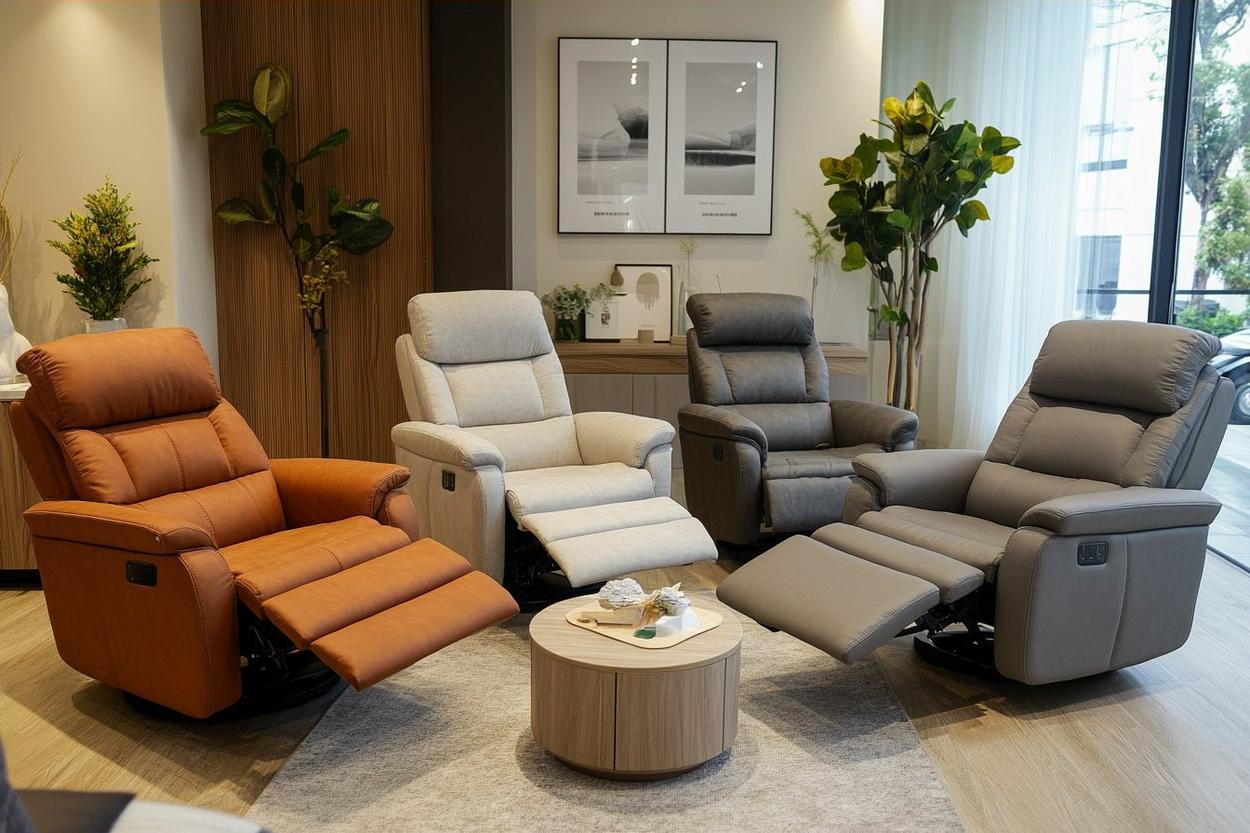How Acoustic Panels Help Improve Sound Quality in Homes and Studios
Unwanted echoes, noise, and poor clarity can disrupt everything from casual conversations to professional recordings. Acoustic panels offer an effective solution by absorbing sound and reducing reflections, helping create a clearer, more controlled audio environment. This article explains how acoustic panels work, the different types available, and how to use them to enhance sound quality in both home and studio settings.

What Are the Benefits of Installing Acoustic Panels in Home Theaters?
Home theaters represent one of the most popular applications for acoustic panel installation. These panels significantly improve the movie-watching experience by eliminating unwanted sound reflections that can muddy dialogue and create audio inconsistencies. When properly installed, acoustic panels help create a more immersive soundscape where every whisper and explosion comes through with crystal clarity.
The benefits extend beyond just sound quality. Acoustic panels also reduce sound transmission to adjacent rooms, allowing family members to enjoy different activities without disturbing each other. This noise control aspect makes them particularly valuable in open-concept homes or spaces with thin walls, where sound easily travels between rooms.
How Do Acoustic Panels Transform Music Rooms and Recording Studios?
Professional recording studios and dedicated music rooms require precise acoustic control to achieve optimal sound reproduction. Acoustic panels eliminate standing waves, flutter echoes, and unwanted reverberations that can interfere with accurate monitoring and recording. This creates a neutral acoustic environment where musicians and engineers can make confident mixing decisions.
Music rooms benefit from acoustic treatment by providing better sound isolation and improved listening conditions. Whether you’re practicing instruments, recording demos, or simply enjoying your favorite albums, acoustic panels help create a controlled environment where sound behaves predictably and pleasantly.
What Materials and Designs Make Acoustic Panels Functional and Stylish?
Modern acoustic panels combine superior sound absorption with attractive aesthetics. Fiberglass and mineral wool panels wrapped in decorative fabric offer excellent acoustic performance while maintaining visual appeal. These materials effectively absorb mid and high frequencies, which are often the most problematic in residential and studio environments.
Design options have expanded dramatically, with manufacturers offering panels in various shapes, colors, and textures. Perforated wood panels provide a natural, sophisticated appearance while maintaining acoustic functionality. Fabric-wrapped panels can be customized with virtually any color or pattern, allowing them to complement existing decor seamlessly. Some panels even feature artistic prints or geometric patterns that serve as both functional acoustic treatment and decorative wall art.
Where Should You Place Acoustic Panels for Maximum Effectiveness?
Strategic placement determines the success of any acoustic treatment installation. The primary reflection points should be addressed first, typically located on the side walls between the listening position and speakers. These locations handle the most problematic early reflections that can compromise stereo imaging and clarity.
Ceiling treatment proves equally important, particularly in rooms with hard surfaces like drywall or plaster. Installing panels at the first reflection point on the ceiling helps control vertical reflections that can create comb filtering effects. Corner placement addresses low-frequency buildup, though specialized bass traps work more effectively for this purpose. The key lies in treating problem areas systematically rather than randomly covering walls with panels.
What Trending Acoustic Panel Styles Blend with Modern Interior Design?
Contemporary acoustic panel designs prioritize aesthetic integration with modern home decor. Hexagonal panels create striking geometric patterns while providing excellent sound absorption. These modular designs allow for creative arrangements that serve as focal points in living spaces, home offices, or entertainment rooms.
Minimalist panel designs featuring clean lines and neutral colors complement Scandinavian and contemporary interior styles. Wood-grain acoustic panels bring warmth and natural texture to modern spaces while maintaining acoustic functionality. Some manufacturers now offer panels with integrated LED lighting, combining acoustic treatment with ambient lighting solutions for truly multifunctional wall treatments.
How Do Acoustic Panels Reduce Echo and Unwanted Noise in Different Spaces?
Acoustic panels work by converting sound energy into heat through friction within their porous structure. When sound waves strike the panel surface, they penetrate the material and lose energy as they navigate through the fibers or foam structure. This process effectively reduces the amount of sound energy that reflects back into the room, thereby minimizing echoes and reverberation.
Different panel types target specific frequency ranges and noise issues. Broadband absorbers handle a wide frequency spectrum, making them ideal for general-purpose acoustic treatment. Specialized panels address specific problems like flutter echoes between parallel walls or standing wave patterns in rectangular rooms. The thickness and density of acoustic materials determine their effectiveness across different frequency ranges, with thicker panels generally providing better low-frequency absorption.
| Panel Type | Provider | Material | Cost Estimation |
|---|---|---|---|
| Fabric-Wrapped Fiberglass | Primacoustic | Fiberglass Core | $25-45 per panel |
| Decorative Wood Panels | Acoustimac | Perforated Wood | $40-80 per panel |
| Foam Acoustic Tiles | Auralex | Polyurethane Foam | $15-30 per panel |
| Custom Printed Panels | GIK Acoustics | Mineral Wool | $50-100 per panel |
Prices, rates, or cost estimates mentioned in this article are based on the latest available information but may change over time. Independent research is advised before making financial decisions.
The effectiveness of acoustic panels depends heavily on proper selection and installation techniques. Room size, intended use, and existing acoustic problems all influence the type and quantity of panels needed. Professional acoustic consultation can help identify specific issues and recommend targeted solutions, though many homeowners successfully implement basic acoustic treatments using readily available resources and guidelines.
Understanding how acoustic panels improve sound quality empowers homeowners and audio enthusiasts to make informed decisions about their acoustic treatment needs. Whether enhancing a home theater, creating a professional recording environment, or simply improving the acoustics of a living space, acoustic panels offer a practical and aesthetically pleasing solution for controlling sound and creating more enjoyable audio experiences.




